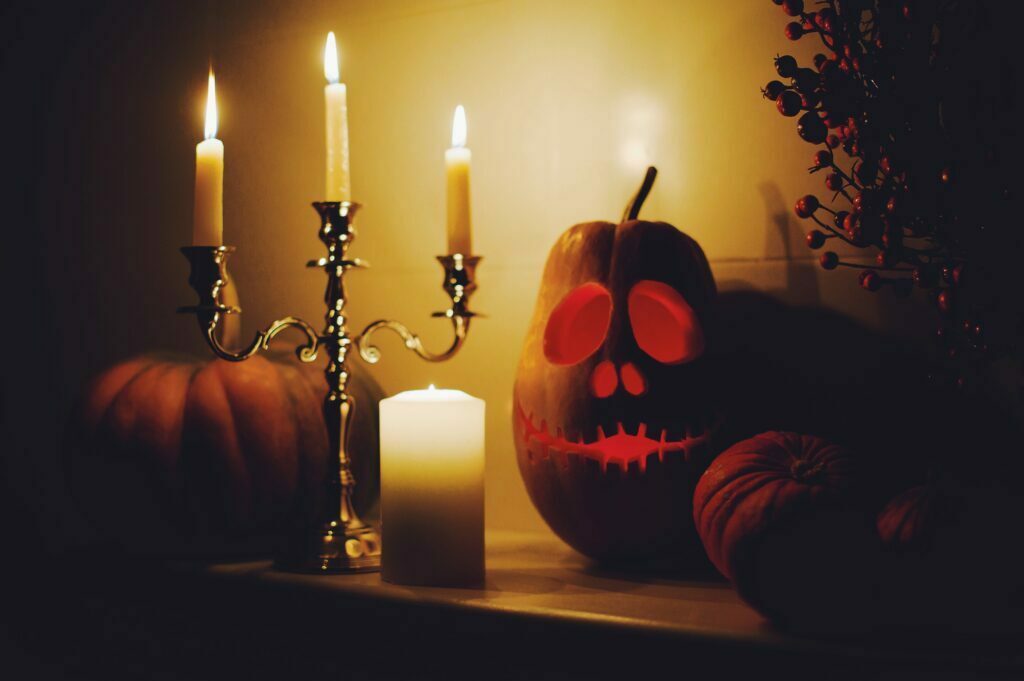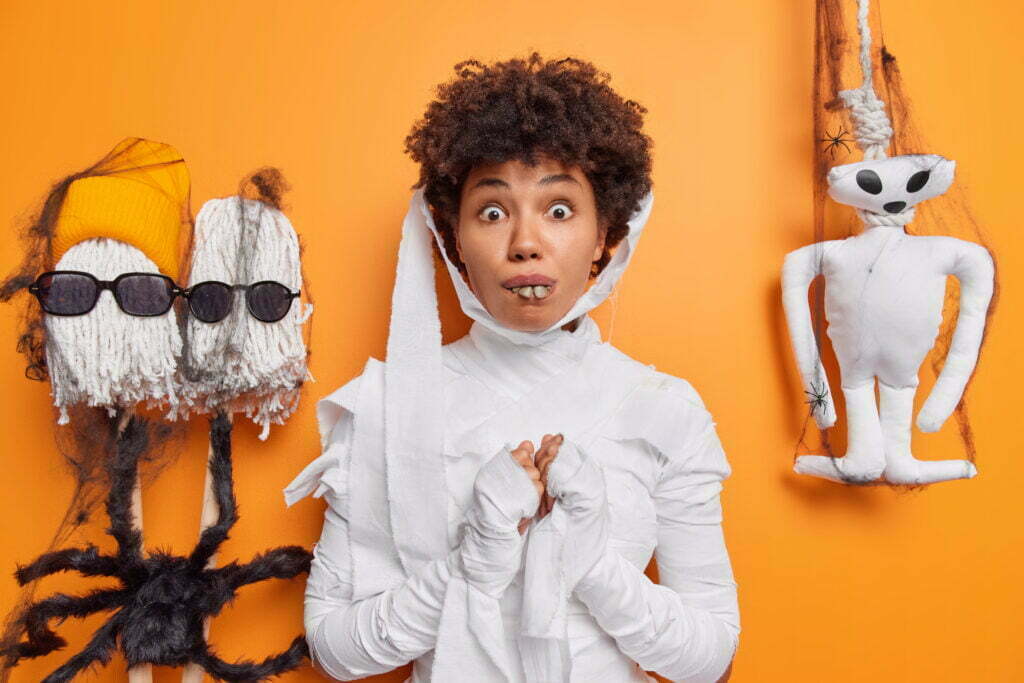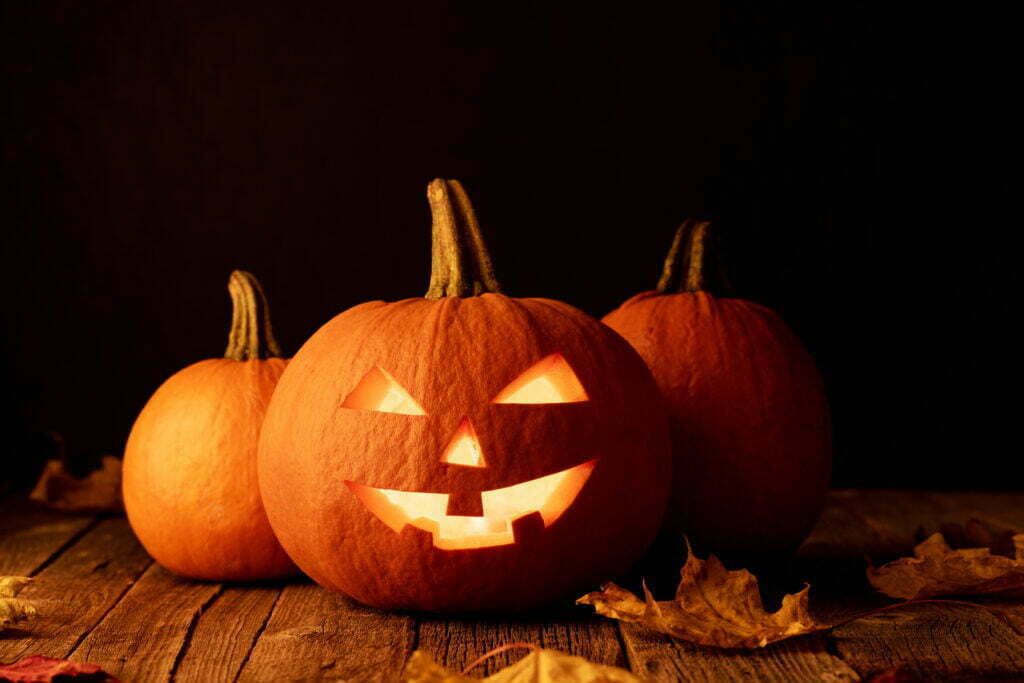So, you’re curious about the origin of Halloween? Well, buckle up because we’re about to take a journey back in time to uncover the fascinating roots of this spooky holiday. From ancient Celtic traditions to the influence of Christianity, Halloween has a rich and diverse history that has shaped it into the beloved celebration we know today. So, grab a flashlight and prepare to be captivated by the tale of how All Hallows’ Eve came to be!
Celtic Roots
The Celtic festival of Samhain marks the origin of Halloween. Samhain, which means “summer’s end” in Old Irish, was a pagan festival celebrated by the ancient Celts in Ireland, Scotland, and other parts of Europe. It was a time when the harvest was complete and the dark half of the year began. The Celts believed that on the night of October 31st, the boundary between the living and the dead was blurred, and spirits could roam freely among them. They would light bonfires and wear costumes to ward off these spirits, seeking protection from the supernatural.
Transition to Halloween
With the spread of Christianity in the 9th century, the Church sought to Christianize pagan festivals to ease the conversion of the Celtic people. In the 8th century, Pope Gregory III designated November 1st as All Saints’ Day, a day to honor saints and martyrs. The night before, October 31st, became known as All Hallows’ Eve, eventually evolving into the name we know today as Halloween.
Beliefs and Customs
The Celtic customs of Samhain gradually blended with Christian traditions. People would attend church services and visit cemeteries to pay respects to their deceased loved ones. They believed that the spirits of the dead would return on Halloween, and traditions such as leaving out food and drink for them were adopted to appease and honor the spirits. Divination and fortune-telling were also practiced during this time to gain insight into the future.
Christian Influence
All Saints’ Day, also known as All Hallows, was established by the Church to honor saints and martyrs who did not have a designated feast day. On this day, Christians would gather for prayer and visit the graves of their loved ones. All Hallows’ Eve, the night before, gradually became associated with various customs relating to death and the supernatural.
All Souls’ Day
November 2nd, known as All Souls’ Day, became a time to pray for the souls of the departed who were believed to be in Purgatory. In many countries, this day is still observed with rituals and prayers for the deceased. All Souls’ Day also influenced Halloween customs, as people would dress up as souls in Purgatory, performing plays and begging for food in exchange for prayers for the dead.
Roman Influence
The Romans, who occupied a significant portion of Europe during ancient times, also contributed to the roots of Halloween. Two Roman festivals, Pomona and Feralia, influenced the traditions associated with Halloween.
Pomona – The Roman Goddess
Pomona was the Roman goddess of fruit and trees. Her festival, held in late October, celebrated the harvest and the abundance of fruits. Apples were particularly associated with Pomona, and the practice of apple bobbing, where participants try to bite apples floating in water, may have originated from this celebration of the Roman goddess.
Feralia – Roman Festival of the Dead
Feralia was a Roman festival held in February to honor the spirits of the dead. This festival involved making offerings at gravesites and participating in rituals to appease and remember the departed. It is believed that some of the customs associated with Feralia, such as visiting cemeteries and honoring the dead, were incorporated into the Halloween traditions that developed over time.
Trick-or-Treating
Trick-or-treating, as we know it today, evolved from ancient customs and traditions associated with Halloween. The practice has its roots in various European traditions.
The Evolution of Trick-or-Treating
In Medieval England, a practice known as “souling” emerged. People, often children and the poor, would go door-to-door on Halloween, singing songs and offering prayers for the dead in exchange for soul cakes. These small, round cakes were usually spiced with currants and marked with a cross. Souling was a way to symbolize the exchange of prayers for those in Purgatory.
Souling and Guising Tradition
As Halloween customs spread to Scotland and Ireland, the tradition of souling transformed into “guising.” Children would dress up in costumes, often representing saints or supernatural beings, and visit houses, performing songs, poems, or tricks in exchange for food, coins, or other treats. Guising, along with the tradition of souling, eventually merged with the American practice of trick-or-treating.
Americanization of Halloween
In the United States, Halloween evolved and became more popular during the late 19th and early 20th centuries. Irish and Scottish immigrants brought their Halloween traditions with them, blending them with American customs. By the 1920s, the practice of trick-or-treating became firmly established, and it has been a central part of Halloween celebrations ever since.
Symbols and Imagery
Halloween is known for its distinct symbols and imagery, which have evolved over time and are now deeply ingrained in the holiday’s traditions.
Jack-o’-Lanterns
One of the most iconic symbols of Halloween is the jack-o’-lantern. Its origin can be traced back to Irish folklore. According to the legend of Stingy Jack, a notorious drunkard who struck a deal with the devil, Jack was condemned to wander the earth with only a lit coal inside a carved turnip to light his way. When the tradition of pumpkin carving arrived in America, largely due to Irish immigrants, the use of pumpkins replaced turnips, and the practice of carving intricate designs and faces into pumpkins became synonymous with Halloween.
Bonfires and Fire
Fire has always played a significant role in Halloween celebrations, harkening back to the ancient Celtic festival of Samhain. The Celts would light bonfires to ward off evil spirits and to guide the spirits of their ancestors. In addition to providing light and warmth, fire symbolized protection and the changing seasons.
Costumes and Masking
Dressing up in costumes is an integral part of Halloween celebrations. This tradition can be traced back to the Celtic practice of wearing disguises during Samhain to confuse and ward off malevolent spirits. As Halloween evolved and blended with Christian and other traditions, costumes became associated with the souls in Purgatory and figures from folklore, such as witches, werewolves, and vampires.
Black Cats and Bats
Black cats and bats have long been associated with Halloween and its supernatural elements. In folklore, both animals were believed to be familiars of witches and associated with magic and the occult. Their nocturnal nature and mysterious appearance further added to their connection with the eerie atmosphere of Halloween.
Witches and Wicca
Witches have been a prominent part of Halloween imagery and folklore. The association between witches and Halloween can be traced back to medieval European beliefs and witch trials. Wicca, a modern pagan religion, also embraces the celebration of Halloween as a sacred time to honor nature and connect with spiritual energies.
Halloween Around the World
While Halloween is most commonly associated with the United States and Canada, it is celebrated in various forms in many countries around the world.
United States and Canada
In the United States and Canada, Halloween has become a highly commercialized holiday, with millions of people participating in costume parties, trick-or-treating, and other festivities. Decorations, haunted houses, and horror films are also popular during this time.
Ireland and the United Kingdom
Halloween has deep roots in Ireland and the United Kingdom, where it originated as Samhain. In Ireland, Halloween is still celebrated with bonfires, traditional games, and storytelling. The practice of guising is also prevalent, with children going door-to-door dressed in costumes and receiving treats.
Mexico and Latin America
In Mexico and many Latin American countries, Halloween merges with the traditional holiday known as Dia de los Muertos, or Day of the Dead. This multi-day celebration honors deceased loved ones and involves building elaborate altars, decorating gravesites, and participating in festive parades.
European and Asian Influences
Other European countries, such as France and Germany, have their own unique customs and traditions associated with Halloween. In Asian countries like Japan and South Korea, Halloween has gained popularity in recent years, with costume parties and themed events becoming more common.
Modern Celebrations and Traditions
Halloween has evolved into a vibrant and diverse holiday, celebrated in various ways across different regions and cultures.
Parties and Festivities
Costume parties, haunted houses, and Halloween-themed events are popular ways to celebrate the holiday. From elaborate masquerade balls to community festivals, Halloween provides an opportunity for people of all ages to come together and enjoy the spirit of the season.
Haunted Attractions and Horror Films
Haunted attractions, such as haunted houses, mazes, and trails, have become an integral part of modern Halloween celebrations. These immersive experiences offer thrill-seekers a chance to be scared and entertained. Horror films also play a significant role during Halloween, with many people enjoying a marathon of scary movies to get into the spooky mood.
Dia de los Muertos
In addition to Halloween, the Mexican holiday of Dia de los Muertos, or Day of the Dead, has gained international recognition. This vibrant celebration, honoring deceased loved ones, has its own distinctive traditions, including building colorful altars, decorating with marigolds, and enjoying festive foods and drinks.
Halloween in Popular Culture
Halloween has permeated popular culture with its distinct symbols and themes. From literature and music to television shows and movies, Halloween-inspired content brings the spirit of the holiday to audiences around the world. Well-known characters like Dracula, witches, and zombies have become synonymous with Halloween.
Commercialization of Halloween
With its growing popularity, Halloween has become a major commercial holiday, impacting various industries and generating significant revenue.
Consumer Spending and Revenue
According to the National Retail Federation, Halloween is now one of the top consumer spending holidays in the United States, with billions of dollars spent annually on costumes, decorations, candy, and other Halloween-related items. The Halloween season provides a boost to the economy, benefiting retailers, confectionery companies, and various other businesses.
Halloween Industry
The Halloween industry encompasses a wide range of sectors, from costume manufacturers and party supply companies to haunted attractions and seasonal retailers. These industries create jobs, generate revenue, and contribute to the overall excitement and success of Halloween celebrations.
Controversies and Concerns
Alongside its commercialization, Halloween has faced some controversies and concerns. Some argue that the holiday has become overly focused on consumerism and forgets its religious and historical roots. Additionally, certain costumes and decorations have raised concerns about cultural appropriation and perpetuating harmful stereotypes. It is important to be mindful and respectful of the diverse cultural traditions and meanings associated with Halloween.
Halloween Superstitions and Folklore
Over the centuries, Halloween has been associated with various superstitions and folklore, further adding to its mystique and allure.
Divination and Fortune-Telling
Halloween has long been considered a time for divination and attempts to predict the future. Fortune-telling practices, such as apple bobbing, mirror gazing, and tarot card readings, were believed to provide insight into one’s destiny and potential romantic partners.
Traditional Superstitions
Superstitions surrounding Halloween have included beliefs about black cats, broken mirrors, and the danger of walking under ladders. These beliefs were rooted in ancient fears and a general sense of caution associated with the supernatural and the afterlife.
Halloween Legends and Myths
Myths and legends have also contributed to the rich tapestry of Halloween folklore. Stories of vampires, werewolves, and other supernatural creatures have captivated imaginations and inspired countless books, films, and cultural references.
Evolution of Halloween
From its ancient Celtic origins to its modern incarnation, Halloween has undergone significant evolution. Its customs and meanings have transformed over time, adapting to cultural influences and societal changes.
From Ancient Origins to Modern Celebration
The journey of Halloween spans thousands of years, incorporating elements of Celtic, Roman, and Christian traditions. Each era has left its mark on the holiday, shaping it into the widely celebrated event we know today.
Changing Perceptions and Meanings
As society has evolved, so too have perceptions and meanings associated with Halloween. From a somber remembrance of the dead to a lighthearted celebration of costumes and candy, Halloween reflects the changing attitudes and desires of people throughout history.
In conclusion, Halloween is a holiday with deep roots in ancient Celtic traditions, influenced by Roman and Christian customs, and shaped by cultural adaptations and modern commercialization. It has evolved from a solemn observance to a festive celebration, with diverse customs and traditions around the world. Whether you’re trick-or-treating, attending a costume party, or simply enjoying the spooky atmosphere, Halloween offers an opportunity to connect with history, folklore, and the imagination.



